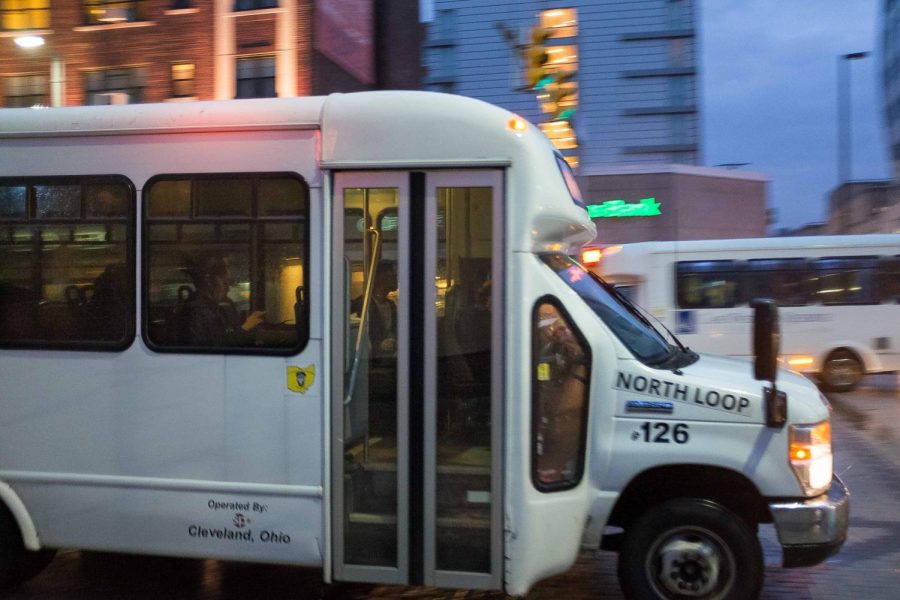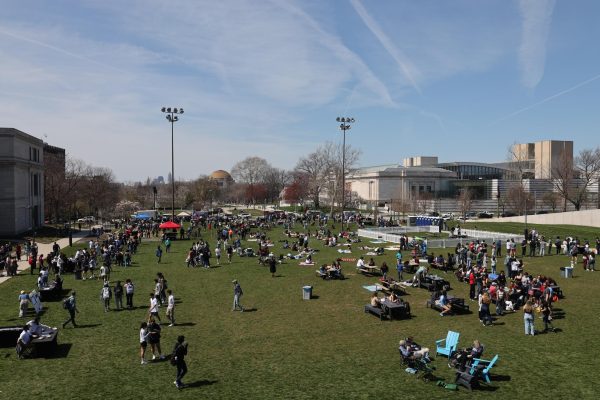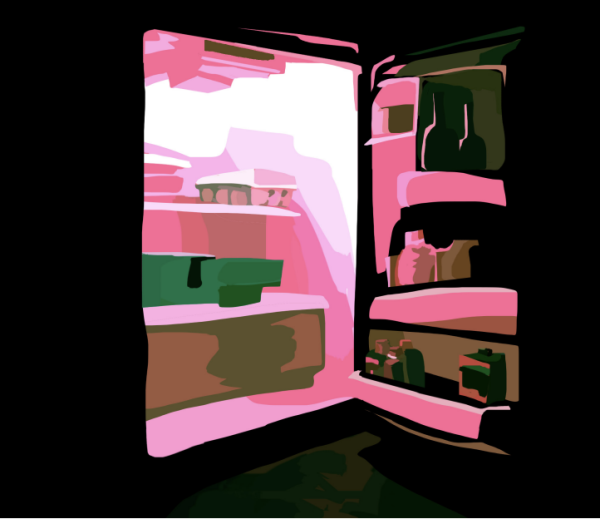Richards: Transportation deprivation
The GreenLink shuttles are not big enough to acommodate all of their passengers. If you’re one of the last stops, you might not be able to ride.
If you haven’t heard through recent Observer articles, the new transportation app “TransLoc Rider” is available for riders of the Circle Link transportation system here at Case Western Reserve University. It allows users to track shuttles by their GPS location in real-time.
As the temperature here on campus drops and the lake winds grow more and more ferocious each day, the transportation system becomes a more popular option for students looking to skip the brisk walk to class.
There you are, waiting at the shuttle stop, tracking the little arrow on your phone. The screen shows the shuttle rounding the corner, and then—your heart sinks. It drives right past you. You curse to yourself and swear you’ll wake up earlier tomorrow to catch a ride as you take the late walk of shame to your morning math class.
The problem is, the shuttles have quite the lack of space. If you’re one of the last stops of the North or South Residential Villages in the morning around the times classes start, you’ll be lucky to find a spot on the shuttle.
The Access Services website states how the GreenLink—the main shuttle route on campus for students—“runs every 20 minutes or less,” but if the shuttle gets filled up before reaching your stop, you’re looking at showing up to class late whether you speed walk or wait for the next shuttle.
Looking at the TransLoc Rider app, there are only two GreenLink shuttles at 8 a.m. to pick up students from the NRV and SRV wanting to get to the quad. Considering how many students actually live on campus and want to take the warm route to class, two shuttles, each fitting a ballpark maximum of 30 students crammed into the aisles (and, not very safely, on the steps), are simply not enough.
Sure, there’s always the solution of getting up earlier, but sometimes sleeping through your alarm and waking up 10 to 15 minutes before class requires a quicker transportation option that you can rely on to get to class on time.
Clearly, the current shuttle system at CWRU just doesn’t give us that reliable option.
Circulating more shuttles, even if only for a 30-minute window during class-time hours, by diverting other shuttles from less popular routes can solve this problem.
The new app tracking the shuttles is a huge step in the right direction for improving the usability of the transportation service greatly. But it also could be the reason why more students are taking the shuttle to class. Students can now predict when to actually go to the shuttle stop, instead of hoping they didn’t just miss it, and waiting for another 20 minutes instead of just walking to class.
The transit system needs to complement the increase in riders with more reliability by increasing the number of shuttles, morning routes or whatever else might help fit the needs of student transportation.
Jason Richards is a first-year computer engineering student who loves to subconsciously hit the snooze button on his alarm clock, subsequently making him late to class.

Jason Richards is a fourth-year computer science major and English minor. He enjoys programming, cooking and spending his money at Chipotle.


















